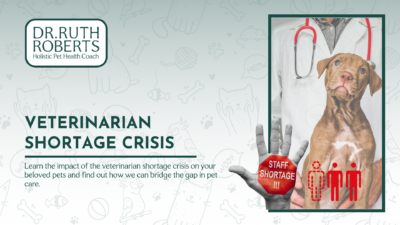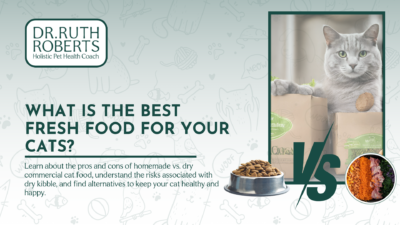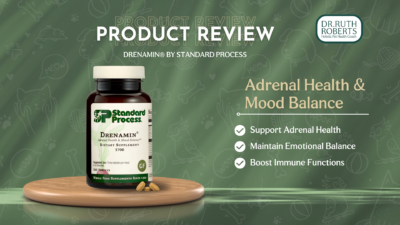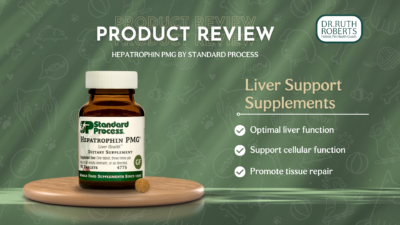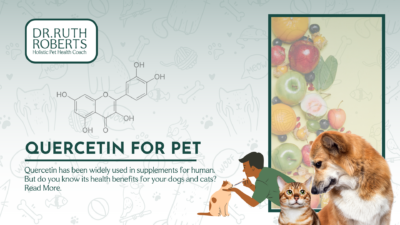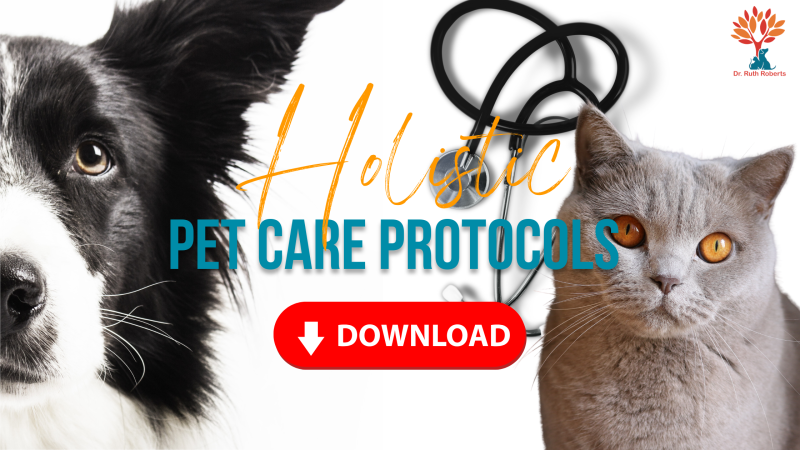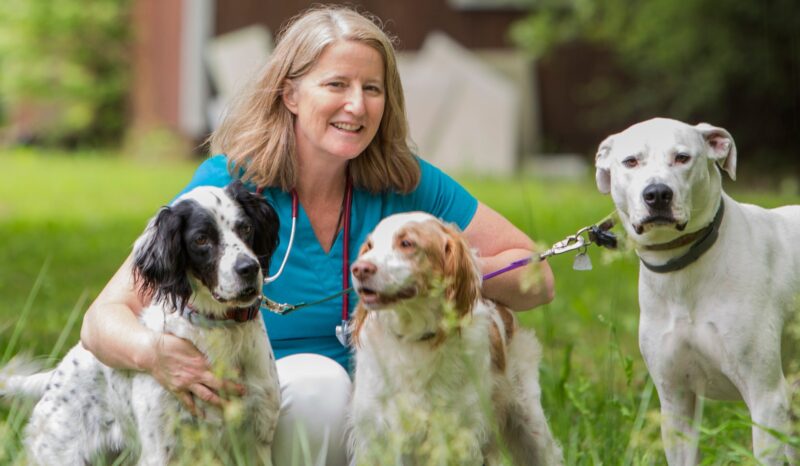Best Veggies To Grow For Your Dogs and Cats
Homegrown veggies, be it for your pet’s meals with the CrockPET Diet® recipe or vegetable broth, bring numerous advantages. Instead of constantly shelling out money at the store, you have the empowering option to take matters into your own hands. By growing your own veggies, you not only gain control over the quality and freshness of the ingredients but also contribute to a more sustainable and cost-effective approach to providing nourishment for your furry companions.
In this blog, we’re gonna talk about why growing your own veggies for your pet’s grub is a total game-changer. With the Original CrockPET Diet® recipe in your toolkit, you’re not just cooking up a meal – you’re crafting a tailor-made dining experience for your furball. And using your homegrown vegetables means fewer trips to the store and more control in your hands.
Why Growing Your Own Vegetables is Better?
Growing your own veggies offers a plethora of advantages over relying solely on store-bought produce, especially when it comes to providing nourishment for your furry companions. Here’s why cultivating your own vegetables is a superior choice:
- Nutrient Density: Homegrown veggies are often richer in essential nutrients compared to their store-bought counterparts. This is because you have control over the soil quality, ensuring it’s rich in the minerals and vitamins your plants need to thrive.
- No Harmful Chemicals: When you grow your own vegetables, you have the power to choose whether to use pesticides or opt for organic, eco-friendly alternatives. This means you can ensure that your pets aren’t exposed to potentially harmful chemicals commonly found in mass-produced produce.
- Fresher, Tastier Produce: The moment you pluck a vegetable from your garden, it’s at its peak of freshness. Store-bought produce, on the other hand, may have spent days or even weeks in transit and storage, losing flavor and nutrients along the way.
- Variety and Customization: You have the freedom to grow specific vegetables tailored to your pet’s dietary needs and preferences. This level of customization is simply not achievable with store-bought options, which offer a limited selection.
- Cost-Efficiency: While the initial investment in gardening supplies may seem substantial, over time, growing your own vegetables can actually save you money. With proper care, a small garden can yield an abundance of produce, reducing your reliance on pricey store-bought items.
- Reduced Carbon Footprint: By growing your own vegetables, you significantly cut down on the carbon emissions associated with the production, packaging, and transportation of store-bought produce. This eco-conscious choice positively impacts both your local environment and the planet as a whole.
5 Veggies You Can Grow for Your Pets
Broccoli
Broccoli can be a nutritional powerhouse for pets. It’s rich in essential vitamins and minerals like vitamin C, vitamin K, folate, and potassium. Additionally, it contains fiber, which aids in digestion, and antioxidants that help boost the immune system. These nutrients contribute to your pet’s overall health, supporting everything from strong bones to a robust immune system.
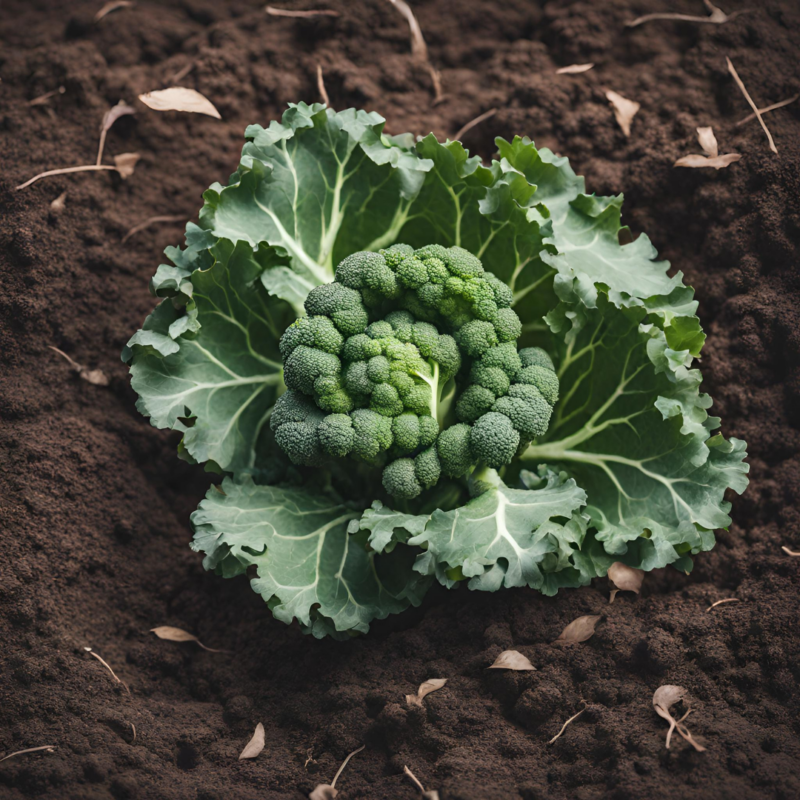
- Location and sunlight requirements for successful broccoli growth:
Broccoli grows in well-draining soil and requires at least six hours of sunlight daily. It’s important to choose a spot in your garden that receives ample sunlight. Ideally, this area should be sheltered from strong winds and have good air circulation to prevent any moisture-related issues. Proper sunlight exposure ensures that the broccoli plants receive the energy they need for healthy growth. - Spacing and planting tips for optimal results:
When planting broccoli, ensure that there’s adequate space between each plant. This allows for proper airflow and prevents overcrowding, which can lead to disease. Aim to space the plants about 12-20 inches apart from each other. Plant your broccoli seeds about ¼ to ½ inch deep. This ensures that the roots have enough room to establish themselves in the soil.
Cabbage - Another Nutrient-rich Option
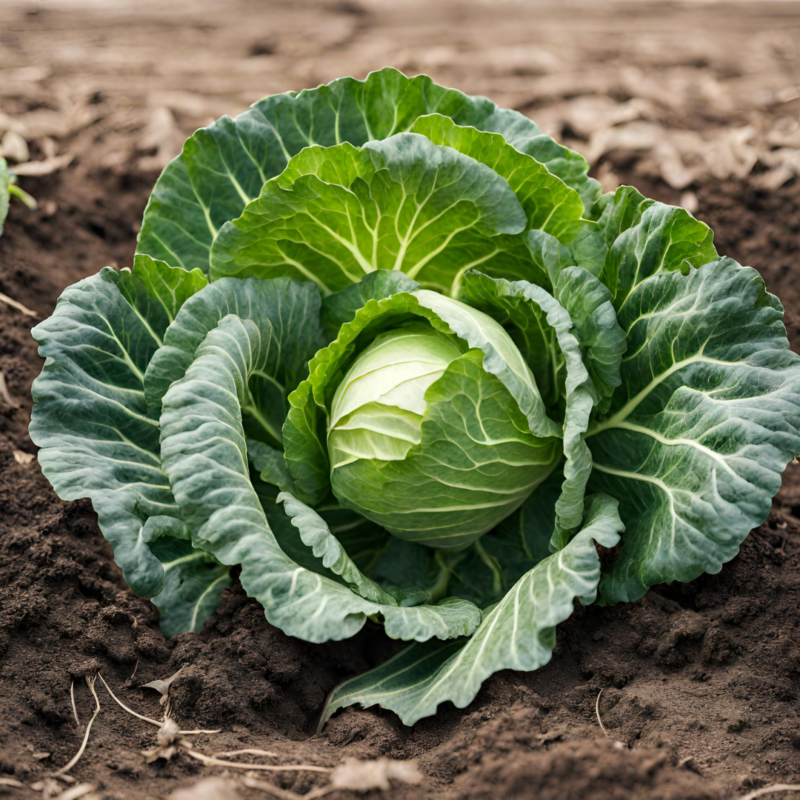
Cabbage is a good addition to your pet’s diet due to its impressive array of nutrients. It is packed with vitamins like vitamin K, which supports blood clotting, and vitamin C, an essential antioxidant. Additionally, cabbage is a good source of fiber, which aids in digestion and helps maintain a healthy weight. Its low-calorie content makes it a suitable option for pets prone to weight issues. By incorporating cabbage into your pet’s meals, you’re providing them with a nutrient-rich and beneficial addition to their diet. You can learn how to grow cabbage here.
- Sunlight preferences and pest management strategies
Cabbage plants thrive in environments with full sun exposure, similar to broccoli. They require at least six hours of sunlight daily to grow optimally. Additionally, it’s crucial to implement effective pest management strategies to safeguard your cabbage crop. Consider using natural deterrents or organic insecticides to protect your plants from common cabbage pests like aphids, caterpillars, and cabbage loopers. Regularly inspecting the plants for signs of pest activity allows for timely intervention and ensures the health of your cabbage crop. - Ensuring pet safety with proper garden fencing
While cabbage is a beneficial addition to your pet’s diet, it’s important to ensure their safety while they explore the garden. Proper garden fencing is a key component of this. Fencing helps create a designated area for your pet to roam freely without the risk of wandering into potentially hazardous areas. It also serves as a protective barrier to prevent them from accessing plants or areas that may be harmful to them. Investing in sturdy, pet-friendly fencing provides you with peace of mind knowing that your pet can enjoy the garden safely.
Kale - A Superfood for Your Furry Friend
Kale is a nutritional powerhouse, packed with essential vitamins and minerals. It is a rich source of vitamin A, which supports vision and immune function. Additionally, kale provides vitamin B6, vital for metabolism, and vitamin C, a powerful antioxidant. It is also abundant in calcium for strong bones and teeth, and iron for healthy blood circulation. Furthermore, kale is a great source of fiber, promoting healthy digestion. You can learn how to grow Kale at home here.
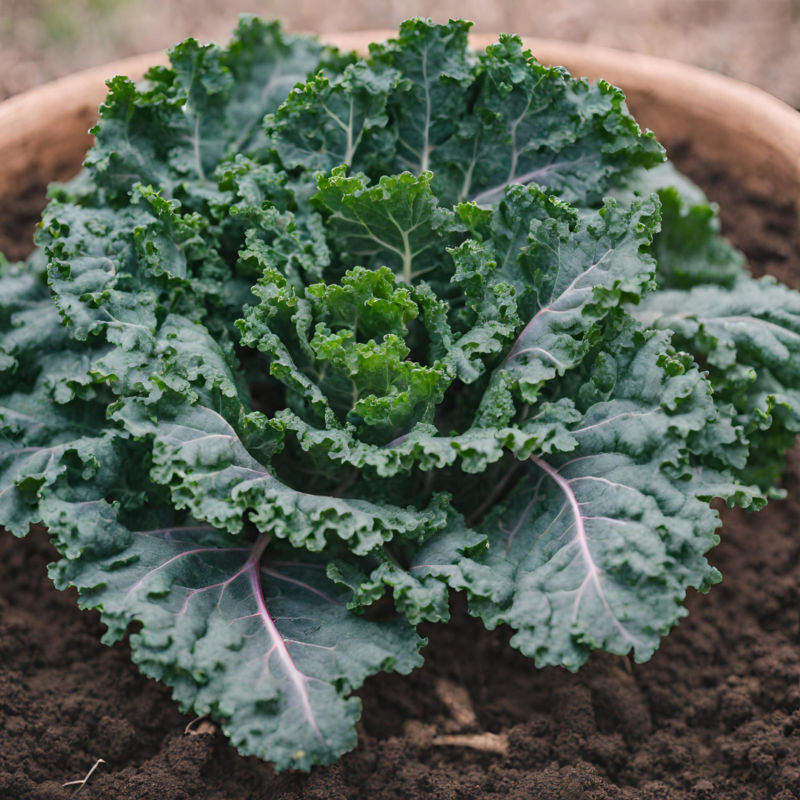
- Advising on the best time to start planning for a kale crop:
To ensure a successful kale harvest, it’s important to plan ahead. The best time to start planning for a kale crop depends on your specific climate and growing conditions. Generally, kale is a cool-season crop, so it’s advisable to begin preparations in late summer or early fall for a fall or winter harvest. This allows the plant to thrive in cooler temperatures, enhancing its flavor and texture. Proper planning and timing ensure that your kale crop grows optimally, providing a bountiful harvest for your pet. - Kale’s resilience to early frost and its suitability for pets:
One of the remarkable qualities of kale is its ability to withstand early frost. This makes it an excellent choice for late-season planting, providing fresh produce even as temperatures drop. The cold actually enhances the flavor of kale, making it even more appealing to pets. Additionally, kale is a safe and nutritious option for pets, offering a wide range of health benefits. Its high nutrient content supports their immune system, digestion, and overall vitality. Including kale in your pet’s diet is a great way to offer them a fresh, wholesome treat that contributes to their overall health.
Green Beans

Offering raw green beans to your dog provides a host of health benefits. They’re a great source of essential nutrients like vitamins A, C, and K, as well as minerals like manganese. The high fiber content aids in digestion and can be particularly beneficial for dogs with sensitive stomachs. Additionally, the natural crunch of raw green beans can help keep your dog’s teeth clean and gums healthy. It’s a nutritious and enjoyable addition to their diet that supports their overall well-being. Learn how to grow your green beans indoors here.
Planting considerations and support structures for climbing green beans:
When growing green beans for your pet, it’s important to choose a suitable location with well-draining soil and ample sunlight. Green beans thrive in sunny spots with at least six hours of sunlight daily. Additionally, consider providing a support structure for climbing varieties. This can be achieved using trellises, stakes, or fences. Proper support ensures that the bean plants grow vertically, optimizing space and air circulation. Adequate spacing between plants is also essential to prevent overcrowding and promote healthy growth.
Carrots - A Cancer-fighting Powerhouse
Carrots are a nutritional powerhouse known for their cancer-fighting properties. They are rich in antioxidants, particularly beta-carotene, which has been associated with reduced cancer risk. Beta-carotene is converted to vitamin A in the body, which plays a crucial role in maintaining healthy cells and tissues. Additionally, carrots contain other potent antioxidants like lutein and zeaxanthin, which contribute to overall cellular health and may help protect against certain types of cancer. Including carrots in your pet’s diet provides a natural and delicious way to support their overall well-being.
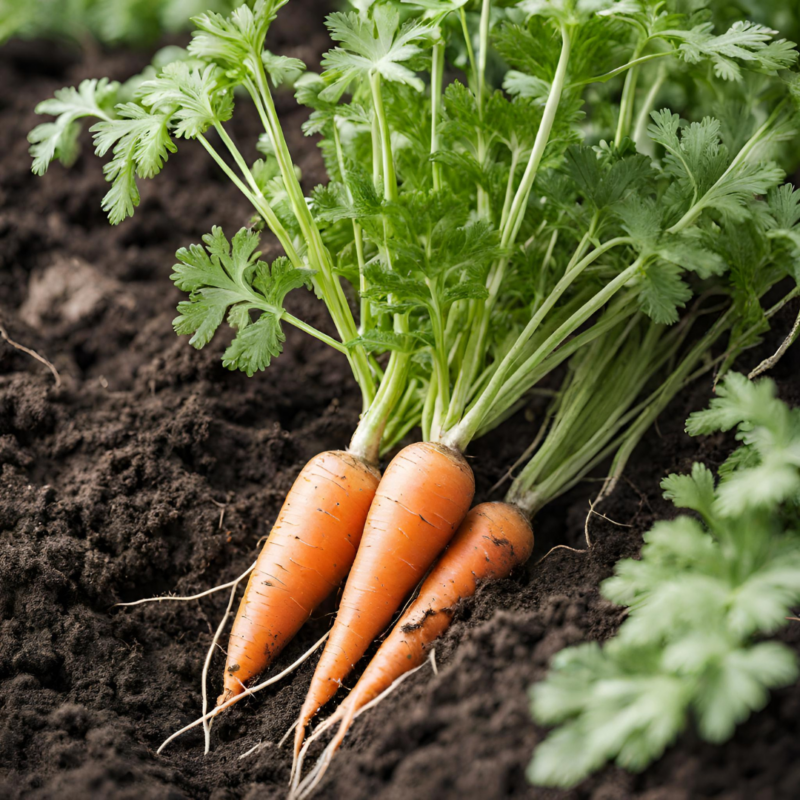
- Providing a tip to ensure proper carrot growth:
To ensure successful carrot growth, it’s essential to have loose, well-draining soil. Compacted or rocky soil can lead to misshapen or stunted carrots. Consider adding compost or organic matter to improve soil texture. Additionally, consistent watering is crucial, especially during dry spells, to prevent the soil from drying out. Thinning the carrot seedlings once they’ve sprouted ensures that each plant has enough space to grow into a healthy, full-sized carrot. These tips help create the ideal conditions for robust carrot growth. The Old Farmer’s Almanac recommends that you avoid applying manure before you plant your carrots as this can cause deformities in their growth.
In addition to their cancer-fighting properties, carrots offer a wide range of health benefits for your pet. They are an excellent source of dietary fiber, aiding in digestion and promoting a healthy gastrointestinal tract. The natural crunch of carrots can also help keep your pet’s teeth clean and reduce plaque buildup. Furthermore, carrots are low in calories, making them a great option for pets on a weight management plan. Including carrots as a regular part of your pet’s diet not only provides them with essential nutrients but also adds a tasty and nutritious element to their meals.
Key Takeaway
To wrap things up, it’s really important to know exactly what you’re feeding your furry friend. Understanding their diet is key to keeping them healthy and happy. When you make their food at home, you’re not just giving them a meal – you’re tailoring it to their specific needs and preferences.
I strongly encourage you to give homemade pet food a try. It’s not just about providing sustenance, it’s about giving them the best shot at a long, healthy life. And growing your own veggies? That’s like the cherry on top. It’s a great way to show them some extra love. It guarantees that what you’re feeding them is fresh and safe. It’s a win-win: you get to enjoy the process, and your pet gets to enjoy the benefits.
FAQ on Homegrown Veggies for Pet
The amount of homegrown vegetables should be tailored to your pet’s size and dietary needs. Generally, it should be around 10-20% of their total diet.
No, homegrown vegetables should be offered as a supplement to your pet’s regular diet, not as a replacement. They should make up only a small portion of their overall meal.
Yes, some homegrown vegetables like onions, garlic in excessive amounts, and certain types of mushrooms can be toxic to cats and dogs. Avoid feeding them these.
If introduced too quickly or in large quantities, some pets may experience mild digestive upset. Start with small amounts and monitor their reaction.


